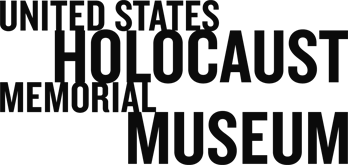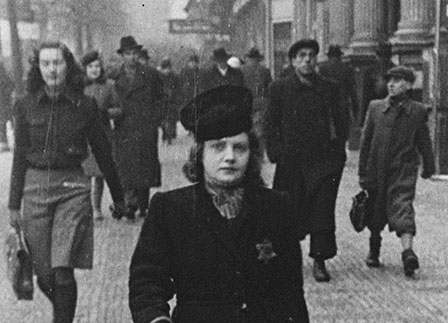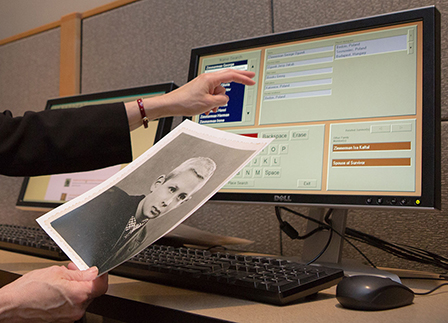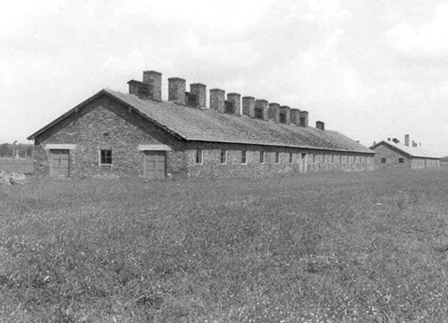Overview
- Caption
- An American officer speaks to new German prisoners upon their arrival at the Recklinghausen internment camp, which was established by the U.S. Ninth Army.
When U.S. Ninth Army troops captured the concentration camp for Soviet civilians located near Recklinghausen, Germany, they converted it into a separation center for prisoners of war and war criminals. After the first German prisoners arrived at the camp they were sent to the interrogation department, which was supervised by Captain Harold Puttfer and Lieutenant H. Goodman. The camp had three sections called "cages." One of these was for women, another for persons incarcerated for minor offenses, and the third for hardened criminals. All three sections were filled to capacity, totalling 20,000 prisoners. - Date
-
1945 April 22
- Locale
- Recklinghausen, [Prussia; North Rhine-Westphalia] Germany
- Photo Credit
- United States Holocaust Memorial Museum, courtesy of National Archives and Records Administration, College Park
Rights & Restrictions
- Photo Source
-
National Archives and Records Administration, College Park
Copyright: Public DomainSource Record ID: 111-SC-231383 (Album 3128)
Keywords & Subjects
- Record last modified:
- 1998-08-27 00:00:00
- This page:
- https://collections.ushmm.org/search/catalog/pa1040444



